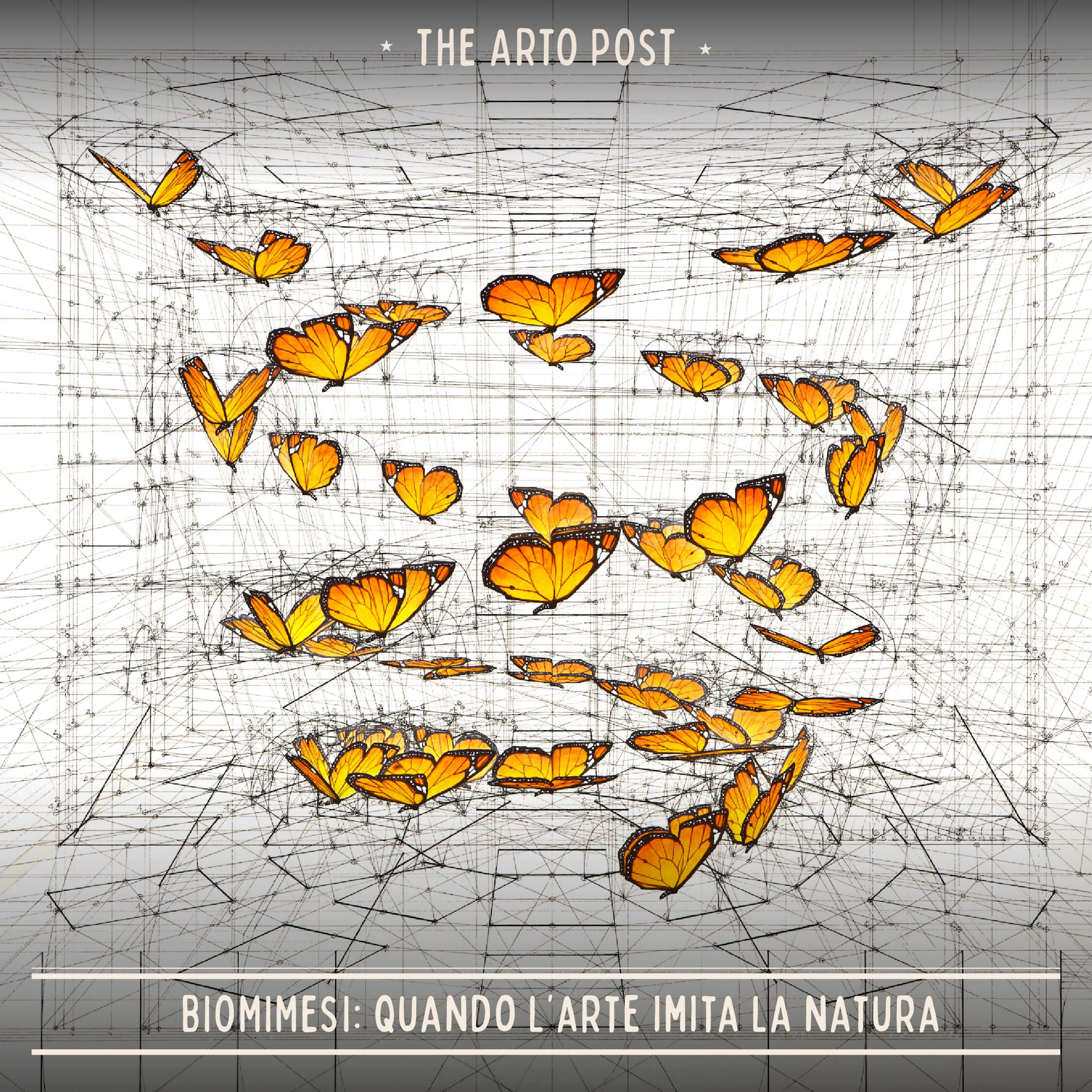The biomimicry

Biomimicry is the imitation of nature and living things: it is said that the first example of biomimicry is attributed to the Swiss engineer Georges de Mestral who, while walking his dog, noticed that the red flowers of the burdock plant had stuck to the dog’s fur and clothes: When he returned home, he examined them under a microscope and discovered that their hook-like shape made them easy to catch but difficult to remove.
This led to the idea of creating Velcro, the fastener still used today, for example, on shoes with tears.
In fact, there are many examples of biomimicry throughout history; man has always looked to nature for inspiration and solutions; think of the Inuit, who learned to build igloos by observing polar bear dens, or the Chinese village of Hongcun, built 800 years ago in the shape of an ox: the village’s canals are modeled on the animal’s digestive system.
By observing plants and animals, scientists, inventors and architects have found incredible technological solutions: a spaceship flies like a nocturnal butterfly, sonar resembles the geolocation system of bats, skyscrapers like Taipei (called the majestic blue bamboo) are inspired by bamboo for its ability to bend and not break.
In the painting Monarch 2, Rafael Araujo, 2011.
Discover the most famous example of biomimicry: the Eiffel Tower.
This and other interesting facts can be found in the Art and Science album. Now available online
Explore the Art and Science album!